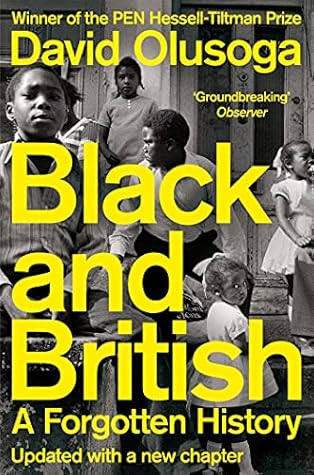Take the history of the Industrial Revolution. It is constantly replayed in our national imagination as a history of coal and iron, of factory towns and mines, and has rightly become a central feature of our national self-image. It is commemorated and perpetuated by a huge industry of working mills, heritage sites and recreated model communities, often replete with re-enactors and working steam trains and traction engines. At these sites and in our classrooms generations of Britons are transported back to those frenetic, dynamic and inventive decades when this small island became the ‘workshop
Take the history of the Industrial Revolution. It is constantly replayed in our national imagination as a history of coal and iron, of factory towns and mines, and has rightly become a central feature of our national self-image. It is commemorated and perpetuated by a huge industry of working mills, heritage sites and recreated model communities, often replete with re-enactors and working steam trains and traction engines. At these sites and in our classrooms generations of Britons are transported back to those frenetic, dynamic and inventive decades when this small island became the ‘workshop of the world’. Central to this history is the story of the mills of Lancashire, and the great industrial rivalry that was fought between Liverpool, the great port of the Atlantic-facing empire, and Manchester, the world’s first industrial mega-city. Between them these two industrial giants dominated the global production of cotton cloth and cotton clothes and by the middle of Queen Victoria’s reign the cotton industry employed almost one and a half million people. Millions more worked in ancillary industries or were dependent upon the cotton economy. What is remembered today are not these startling employment figures, or the wealth generated by cotton, but the social history of Factory Acts, child labour, spinning jennies and water-frames. Yet this is a history that is usually silent about the source of the cotton that was processed in Lancashire’s 4,500 mills. The great bulk of that...
...more
This highlight has been truncated due to consecutive passage length restrictions.


